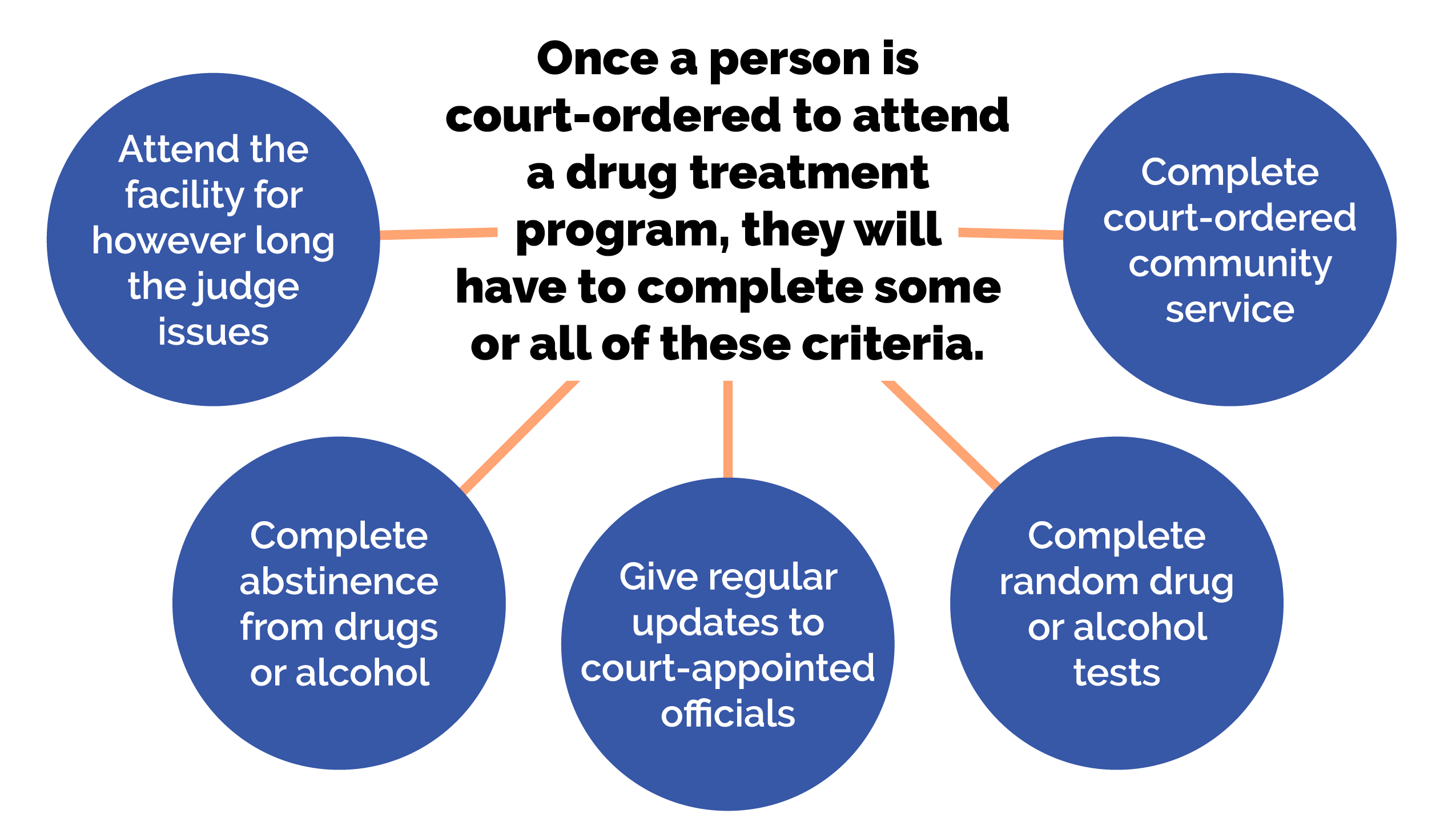The Ultimate Guide To How Can Addiction Treatment Help With Legal Systems
Prior to you check out on, we thought you may like to download our 3 Favorable CBT Exercises for totally free. These science-based workouts will offer you with an in-depth insight right here into Favorable CBT and will offer you the tools to use it in your treatment or coaching. You can download the totally free PDF.
A treatment plan will consist of the patient or client's personal information, the diagnosis (or medical diagnoses, as is frequently the case with mental health problem), a basic outline of the treatment prescribed, and space to determine results as the customer progresses through treatment. A treatment strategy does lots of things, the most important of which include: Defining the problem or disorder Explaining the treatment prescribed by the health/mental health expert Setting a timeline for treatment development( whether it's an unclear timeline or consists of particular turning points) Determining the major treatment goals Noting important turning points and objectives This documents of the most essential parts of treatment helps the therapist and client remain on the same page, provides an opportunity for discussion of the treatment as prepared, and can serve as a reminder and motivational tool. While people in similar circumstances with similar issues may have comparable treatment plans, it is necessary to comprehend that each treatment plan is distinct. There are frequently several ways to deal with the exact same problem in some cases there are lots of various courses that treatment could take! No two treatment plans will be precisely the exact same, because no 2 individuals's experiences are precisely the same. As noted earlier, all treatment strategies are various they are unique products of the discussions between a therapist and client, the therapist's medical understanding, and the customer's shared experience. Even in identical medical diagnoses in similar individuals, differences are bound to manifest in any or all of the following parts: History and Demographics customer's psychosocial history, history of the signs, any past treatment information Assessment/Diagnosis the therapist or clinician's diagnosis of the customer's psychological health issues, and any past diagnoses will likewise be kept in mind Providing Issues the issues or symptoms that initially brought the customer in Treatment Agreement the contract between the therapist and client that sums up the goals of treatment Duty a section on who is accountable for which parts of treatment (client will be responsible for lots of, the therapist for others )Strengths the strengths and resources the client gives treatment( can consist of household assistance, character strengths, material assistance, etc.) Treatment Goals the" building blocks" of the strategy, which should be particular, practical, tailored for the customer, and measurable Goals objectives are the larger, more broad outcomes the therapist and customer are working for, while multiple objectives make up each goal; they are little, attainable actions that make up an objective Method, Frequency, and Targets various methods are frequently used to different objectives, requiring a strategy that sets methods, a frequency of sessions, anticipated completion date, and so on, with the particular objective Interventions the methods, exercises, interventions, etc., that will be used in order to work towards each objective Progress/Outcomes a great treatment plan should include area for tracking progress towards objectives and objectives( Great Treatment, 2016) The therapist and client will work together to get this details down on paper, with the therapist contributing his or her proficiency in treatments and treatment outcomes, and the client contributing knowledge in his http://zionhrdd785.cavandoragh.org/indicators-on-what-is-the-treatment-for-drug-addiction-you-should-know or her own life and experiences. These benefits consist of: Treatment plans provide a guide to treatment for both the therapist and customer. Treatment strategies can lower the threat of fraud, waste, abuse, and the prospective to trigger unintended harm to customers. Treatment strategies help with easy and effective billing given that all services rendered are recorded. Treatment strategies can assist smooth any potential bumps in treatment, particularly if a customer requires a type of treatment the main therapist can not provide( e.g., a certain kind of intervention or a prescription for medication) or should see a new therapist for some other reason (e.g., if the client or therapist has moved, or the therapist is on extended leave, Great Therapy, 2016). Treatment strategies are not always needed to provide or get effective treatment, however they can be exceptionally handy in helping with a smooth and hassle-free treatment experience. Goals and objectives will differ significantly from a single person to the next, specifically those dealing drug abuse treatment boca raton fl with really various problems. If you or your customer is committed to alter but isn't rather sure where to begin, this link of possible objectives can stimulate a beneficial discussion about where to go from here. For example, a common goal for those having problem with drug abuse might be to stop using their drug of option or alcohol, while a patient struggling with depression may set an objective to decrease their self-destructive ideas. In basic, these goals need to be.


sensible they need to be reasonable, given the client's general experience and wishes for the future (what is the best treatment for opiate addiction). For example, a goal for an individual with extreme anxiety may be to take 10 steps outside their front door. The next goal may be to make it to the area market, or up to 30 actions outside their front door. Fulfilling each goal will eventually lead you to meet the objective.
